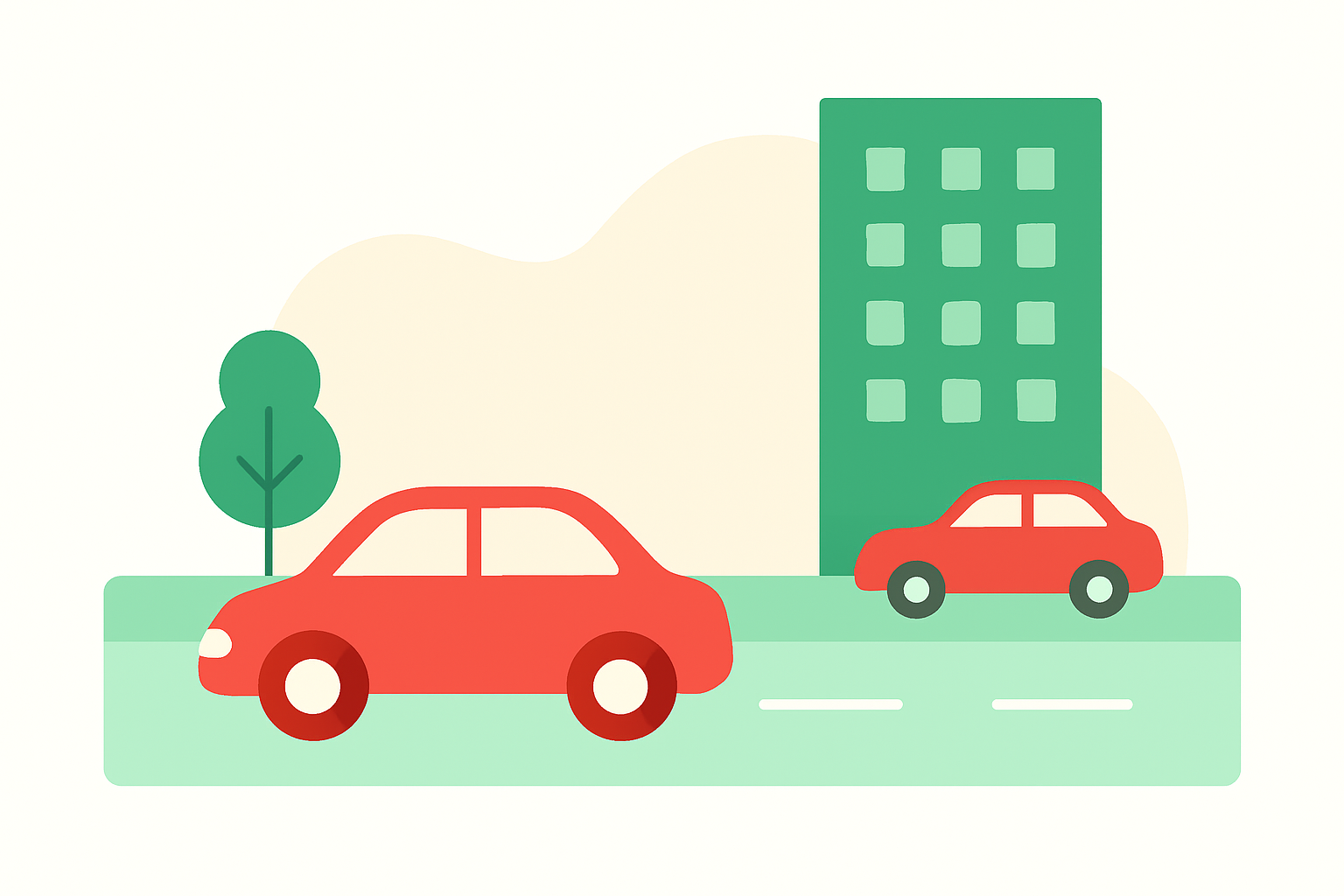

For some months I have been researching the quality of OpenStreetMap data in Brazil and noticed that many areas still lack updated information. Because of this, I decided to create a project focused especially on underrepresented regions, peripheral areas, and neighborhoods with incomplete or outdated data.
Thus, the Mapeia Brazil Project was born, initially covering 13 cities. The main focus is to update and correct information such as street names, as well as to include data not yet present on the map.
The Mapeia Brazil Project aims to improve road data in OpenStreetMap (OSM) in strategic cities across the country, ensuring greater quality, accuracy, and standardization of available information.
With these initiatives, the project seeks to provide updated and reliable data that can be used by ride-hailing drivers, delivery companies, residents, and public agencies.
OpenStreetMap is a collaborative and free-to-use map, open to anyone who wants to contribute — and Mapeia Brazil is part of this collective and civic effort.

The OpenStreetMap project’s central goal is to identify and correct areas that need updates in street names and road classification.
These improvements will directly benefit residents, pedestrians, drivers, delivery workers, and public managers, providing neighborhoods and cities with more reliable and accessible geographic information.

The Mapeia Brazil Project adopts a collaborative and systematic methodology, based on free and open tools, aiming to ensure the quality and reliability of the data entered into OpenStreetMap.
This methodology ensures that the mapping process is transparent, collaborative, and reliable, contributing to strengthening OpenStreetMap in Brazil.
The project will primarily use official IBGE data (Brazilian Institute of Geography and Statistics), especially information from Census 2022.
This data is available under the ODbL (Open Database License), allowing its use, adaptation, and integration into OpenStreetMap.


| City | Initial Estimate | -25% (to be mapped) |
|---|---|---|
| Goiânia | 3,000 | 2,250 |
| Teresina | 5,000 | 3,750 |
| Rio Branco | 2,000 | 1,500 |
| Manaus | 2,150 | 1,612 |
| Salvador | 3,850 | 2,887 |
| João Pessoa | 2,510 | 1,882 |
| São Luís | 3,900 | 2,925 |
| Jaboatão dos Guararapes | 2,300 | 1,725 |
| Aracaju | 1,280 | 960 |
| Natal | 1,540 | 1,155 |
| Maceió | 2,700 | 2,025 |
| Belo Horizonte | 1,750 | 1,312 |
| São José do Rio Preto | 1,700 | 1,275 |
| Total estimated streets to map: | 25,259 | |
November 2025
December 2025
January 2026
February 2026
Official hashtags: #StreetNamesInBrazil #2025
"Street Name Mapping and Correction in Brazil 2025 #StreetNamesInBrazil #2025"
Want to contribute to the Mapeia Brazil Project but don’t have time to map? Support financially. Your contribution will help the map include new areas with updated data.